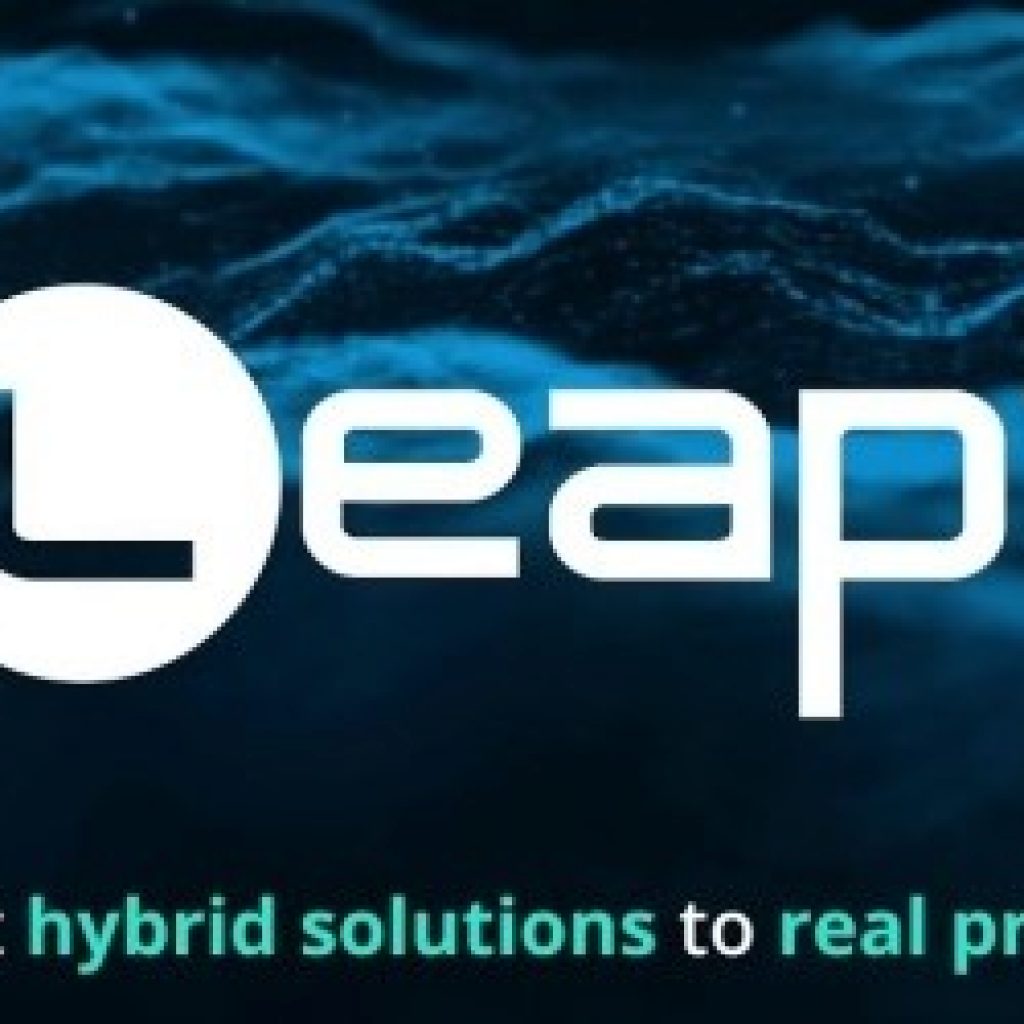(ZDNet) D-Wave’s Leap 2 service is introducing a new feature called the hybrid solver service (HSS), which uses both classical and quantum computing resources to deliver solutions to the problems submitted by developers. According to the company, combining the two technologies will let users solve problems that are 100 times larger than before, with up to 10,000 variables.
Murray Thom, D-Wave’s vice president of software and cloud services, told ZDNet: “Classical computers can do simple, local operations very quickly. Quantum computers are better at doing large neighborhood searches. So we are combining the two to get the best of both worlds. And what’s key here is that users will be able to solve much larger problems, and that will be a game changer to scale their applications.”
The first version of Leap, released in 2018, was all about access, explained Thom: through free and paid plans, developers and researchers could easily start using a live quantum computer, as well as access open-source development tools, interactive demos or coding examples. D-Wave said that since Leap services have been available, users have developed up to 200 applications across financial modelling, materials science, logistics or drug discovery.
It quickly became clear that users didn’t only want to try out the tool, but were also keen to build their applications at a production scale.
The new version of Leap is not only about letting customers go “from quantum exploration to quantum production,” as D-Wave puts it. According to Thom, Leap 2 is also about further lowering the entry barriers to quantum computing.
D-Wave’s Leap 2 Cloud Service Lets You Use Quantum & Classical Computing Together
